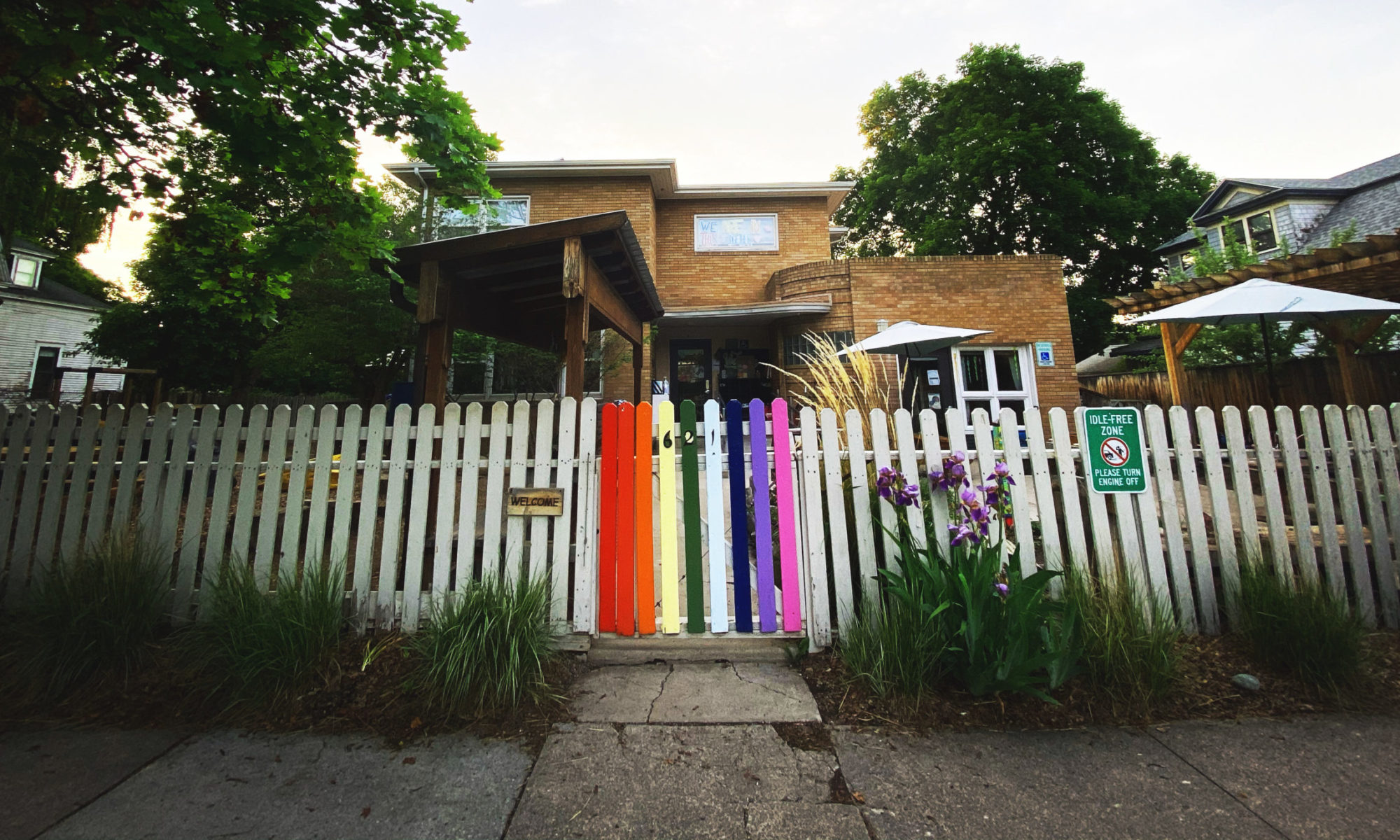At Spirit at Play we are influenced by many early childhood teaching methods and pedagogies. All of our teachers hold a diverse array of strengths including child-related degrees, decades working in early education, incredible knowledge and experiences and above all, passion for the field! Additionally, SAP teachers engage in a large variety of ongoing professional development courses every year and continuously strive to be the best educators possible. Below is a sample of theories that are at the core of our philosophy. We encourage you to be curious about our philosophies and methods of teaching and see what you already do at your own home!



Developmentally Appropriate Practice
As the National Association for the Education of Young Children (NAEYC) defines it, “Developmentally Appropriate Practice (DAP) is a framework of principles and guidelines for best practice in the care and education of young children, birth through age 8. It is grounded both in research on how young children develop and learn and in what is known about education effectiveness. The principles and guidelines outline practices that promote young children’s optimal learning and development.”
Howard Gardner’s Multiple Intelligences Theory
The theory of Multiple Intelligences was developed by Dr. Howard Gardner, professor of education at Harvard University. Dr. Gardner proposed nine different intelligences to account for a broader range of human potential in children and adults. Gardner theorized that the intelligences rarely operate independently. They are used at the same time and tend to complement each other as children and adults develop skills or solve problems.
Reggio Emilia Philosophy
Reggio-inspired programs encourage children to express themselves through the “hundred of languages”: words, movement, painting, sculpture, song, sketching, dramatic play, collage, and so on. Reggio adds whole layers of aesthetics and communication to the daily early childhood curriculum—Reggio-inspired classrooms include authentic materials and are places where children’s words are valued and documented. The Reggio Emilia philosophy includes the Project Approach, which is child-directed learning; the teacher operates as a learner as well as a researcher. Documentation takes a variety of forms from transcribed conversations to inspire future lesson plans, bulletin boards, Book Works, reflections, and dates on artwork, etc. All forms of documentation are displayed, revisited, and reflected upon on an ongoing basis. Teachers document while they listen. Reggio is occasionally called the instruction of listening because when one listens s/he can better teach. Listening and documenting encourage a higher stage of development or knowledge through reasoning in both children and adults.
Nature
We believe that time spent outdoors is one of the most important influences on a child’s growth and healthy development. We endeavor to spend several hours or more outdoors each day, in all kinds of weather. We have found that this time spent in nature increases prosocial interactions, strengthens skills in all kinds of ways, enables our students to form connections to nature, and teaches us to care for our world. Being in nature provides us with many creative and natural learning opportunities.


Learning Through Play
Learning through play is one of the most important learning opportunities for young children. Through play they learn to successfully navigate their environment and expand and incorporate their ideas into successful interactions. Play is a time for children to learn and develop skills for their future. Play is how they process and absorb new concepts and ideas. We believe in giving our students ample opportunities to engage in unstructured and rich play of their own design.
Positive Guidance for Behavior
We believe that all behavior is communication and will meet each child’s behavior with respect and compassion. We employ a myriad of responses to behavior that is not conducive to learning, including natural consequences, redirection, problem solving using Kelso’s Choices, Replay/Rewind, Love & Logic, Tell, Prevent-Teach-Reinforce, and “finding your calm”.
When a child is asked to take a break, they are asked to choose an alternate activity to engage in which allows them to step away from the area that may have helped to create the problem. The child may return to the original activity when they are ready to follow school expectations and remedy the situation or solve the problem at hand. The staff encourages the children to use verbal language to express challenges and together or with a teacher to work out a solution. Children are not asked to apologize for challenging behaviors, but they are expected to be involved in repairing the situation in which they were involved. Rather than punishing a child in any way, we believe in supporting them and helping them find a way to give back to the community and make amends. We find this to be much more impactful than a forced apology.
